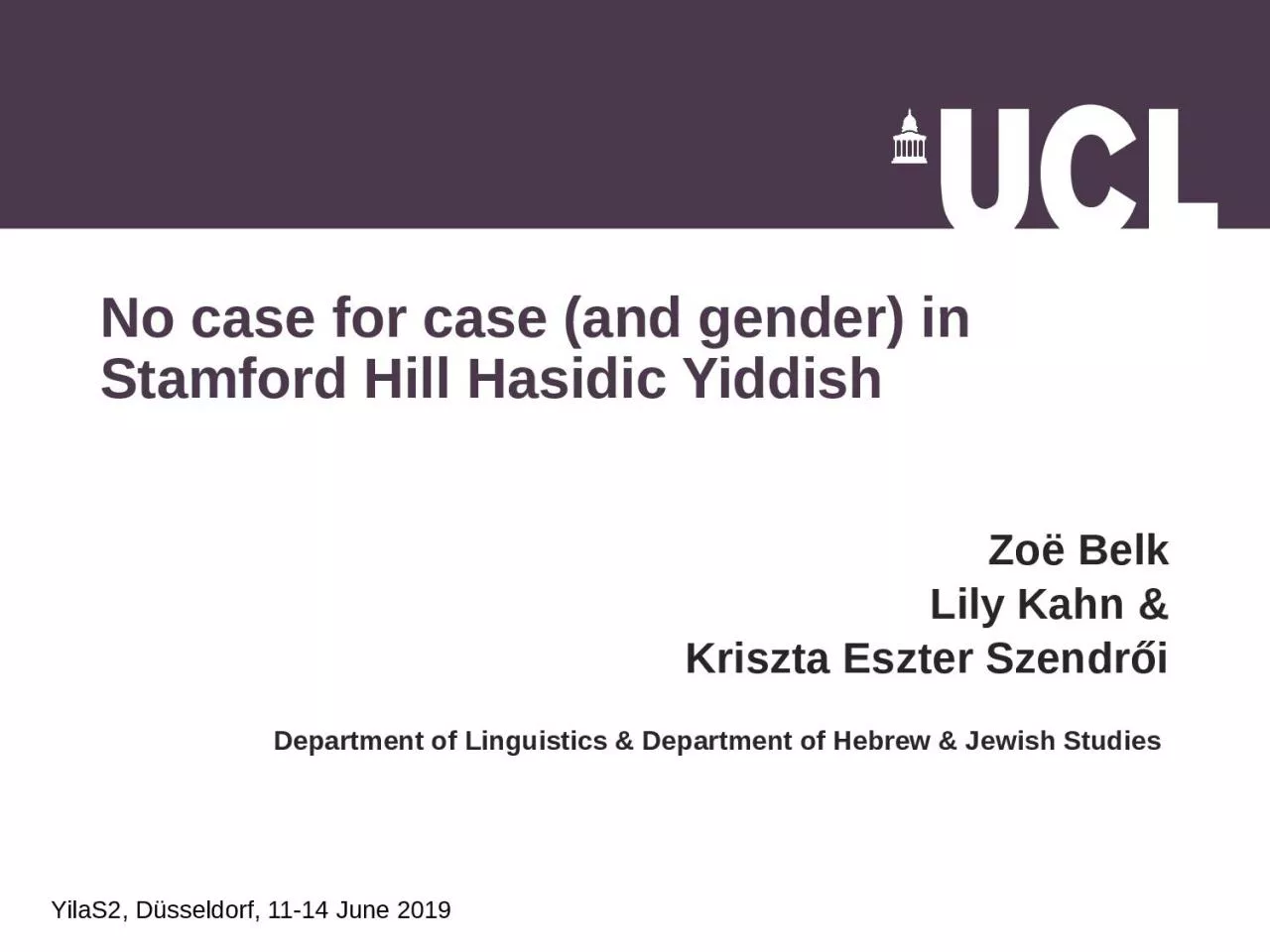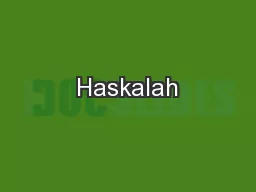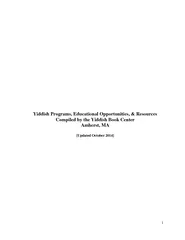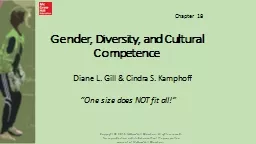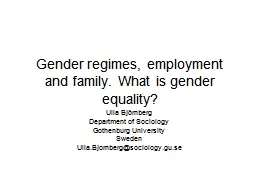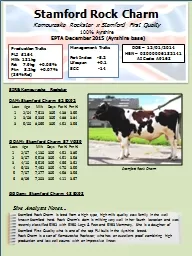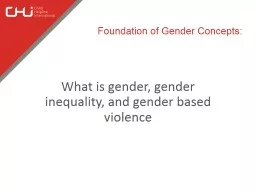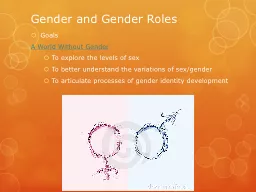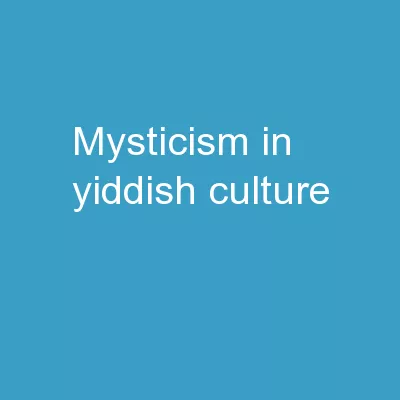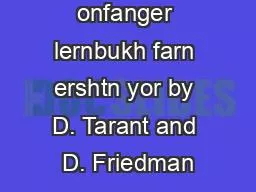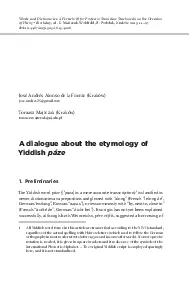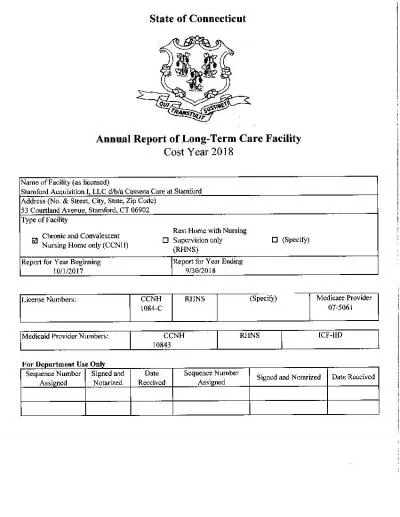PPT-No case for case (and gender) in Stamford Hill Hasidic Yiddish
Author : edolie | Published Date : 2023-09-23
Zoë Belk Lily Kahn amp Kriszta Eszter Szendrői Department of Linguistics amp Department of Hebrew amp Jewish Studies YilaS2 Düsseldorf 1114 June 2019 Introduction
Presentation Embed Code
Download Presentation
Download Presentation The PPT/PDF document "No case for case (and gender) in Stamfor..." is the property of its rightful owner. Permission is granted to download and print the materials on this website for personal, non-commercial use only, and to display it on your personal computer provided you do not modify the materials and that you retain all copyright notices contained in the materials. By downloading content from our website, you accept the terms of this agreement.
No case for case (and gender) in Stamford Hill Hasidic Yiddish: Transcript
Download Rules Of Document
"No case for case (and gender) in Stamford Hill Hasidic Yiddish"The content belongs to its owner. You may download and print it for personal use, without modification, and keep all copyright notices. By downloading, you agree to these terms.
Related Documents

